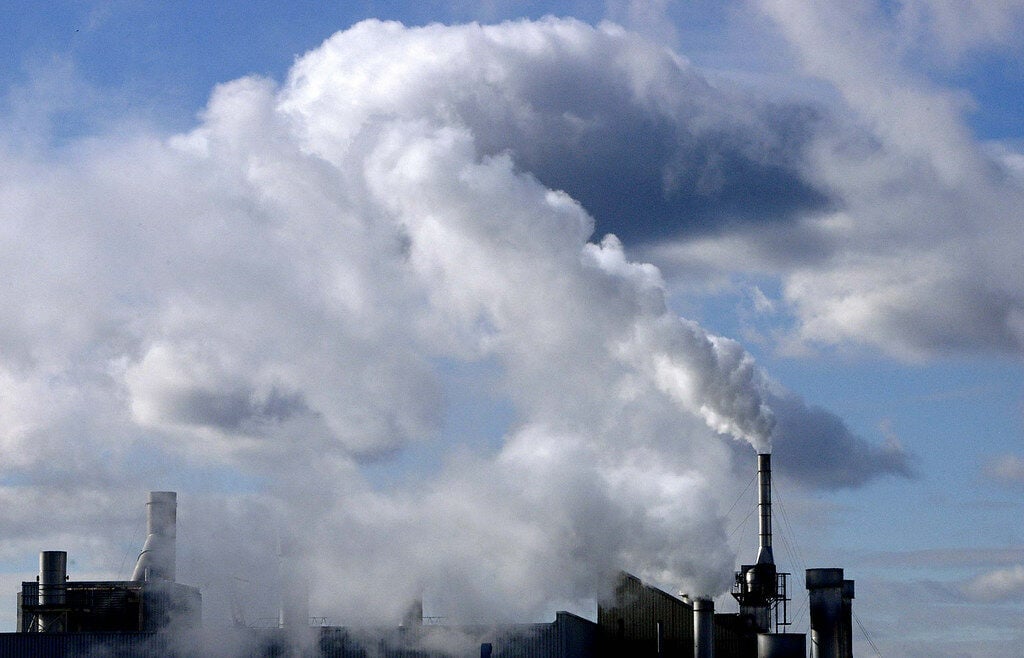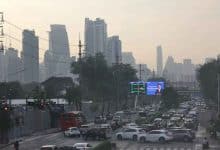Pollution linked to 1,200 child deaths, chronic illness in Europe

Over 1,200 youngsters under 18 are losing their lives prematurely because of air pollution across Europe every year. That’s not all – it’s also raising the risk of chronic illnesses later in life. These saddening stats were revealed by none other than the EU environmental agency itself.
Even though there have been some improvements, the levels of crucial air pollutants in many European countries simply refuse to budge from above the World Health Organization (WHO) guidelines. The study, however, doesn’t include data from the industrial powerhouses of Russia, Ukraine, and the United Kingdom, so the actual death toll on the continent could be even higher, reports Bangkok Post.
Last November, the EEA announced that a whopping 238,000 people had died prematurely due to air pollution in 2020 in the EU, as well as Iceland, Liechtenstein, Norway, Switzerland, and Turkey. This particular study, though, is the agency’s first to centre specifically on children. The agency said…
“While the number of premature deaths in this age group is low relative to the total for the European population estimated by the EEA each year, deaths early in life represent a loss of future potential and come with a significant burden of chronic illness, both in childhood and later in life.”
The agency highly recommends that those in power focus on improving air quality around schools, nurseries, sports facilities, and mass transit hubs.
The truth is, following birth, ambient air pollution can increase the risk of a whole host of health issues, such as asthma, reduced lung function, respiratory infections, and allergies. And let me tell you, it doesn’t stop there.
Poor air quality also exacerbates chronic conditions like asthma, which already affects 9% of children and adolescents in Europe. To top it off, it also increases the risk of some chronic illnesses in adulthood.
In 2021, 97% of the urban population was exposed to air that failed to meet WHO recommendations, as per Monday’s released figures.
Looking on the bright side (if there’s one here), the EEA also highlighted last year that the EU is looking well on track to achieve its goal of reducing premature deaths by a smashing 50% by 2030 when compared to 2005 figures. There has been progress since the early 1990s. Fine particulates, which led to almost a million early deaths per year in the 27 EU countries back then, dropped to 431,000 in 2005.
But let’s not pat ourselves on the back just yet, as the situation across the globe still looks pretty bleak. The WHO attributes a mind-boggling 7 million deaths annually to air pollution worldwide, putting it almost on par with death-causing factors like smoking and lousy diets. Hundreds of thousands of these deaths even concern children under 15.
It took until September 2021 to settle on tightening limits established for major pollutants in 2005.
Taking a closer look at how air pollution is causing havoc everywhere, in Thailand alone, a suffocating toxic smog blankets parts of the country. Health officials informed us last week that a staggering 2.4 million people have sought hospital treatment for medical troubles linked to air pollution since the beginning of 2022.
The worst air pollutants are fine particulate matter (mainly from cars and lorries) that can deeply infiltrate our lungs. These microscopic menaces are closely followed by nitrogen dioxide and ozone.
Latest Thailand News
Follow The Thaiger on Google News:


























